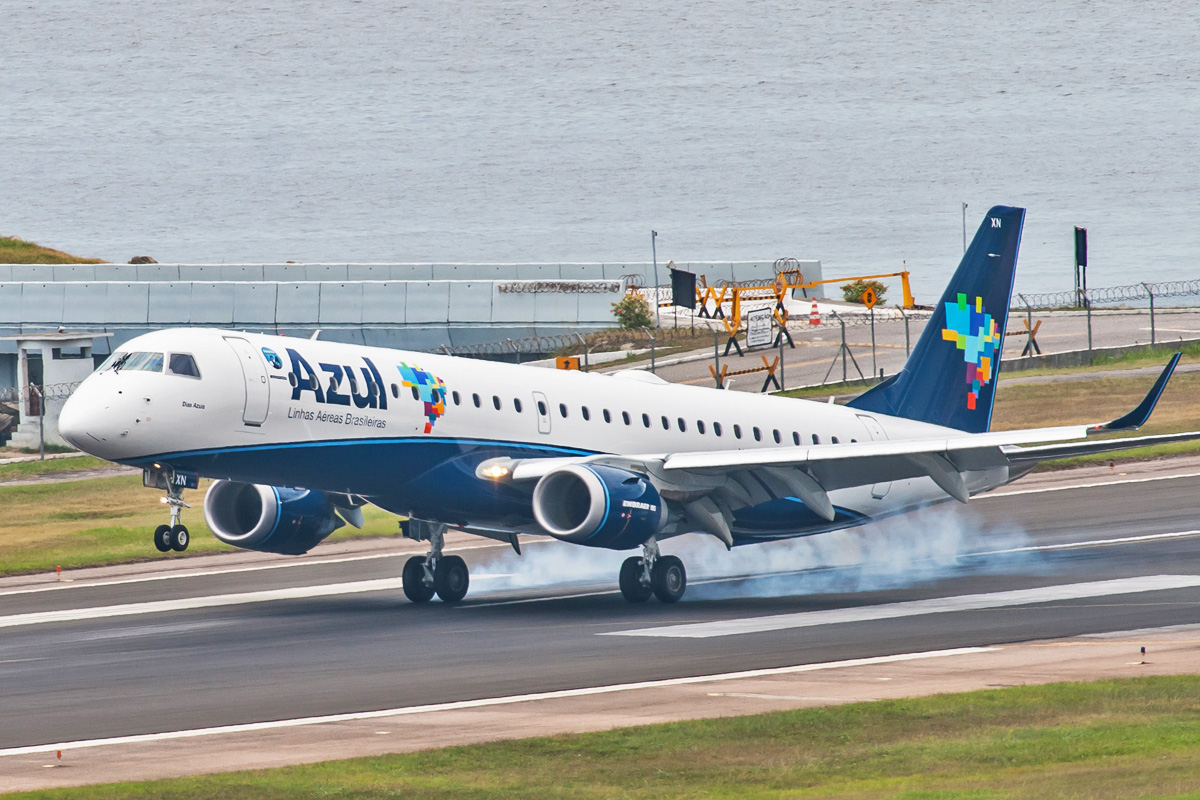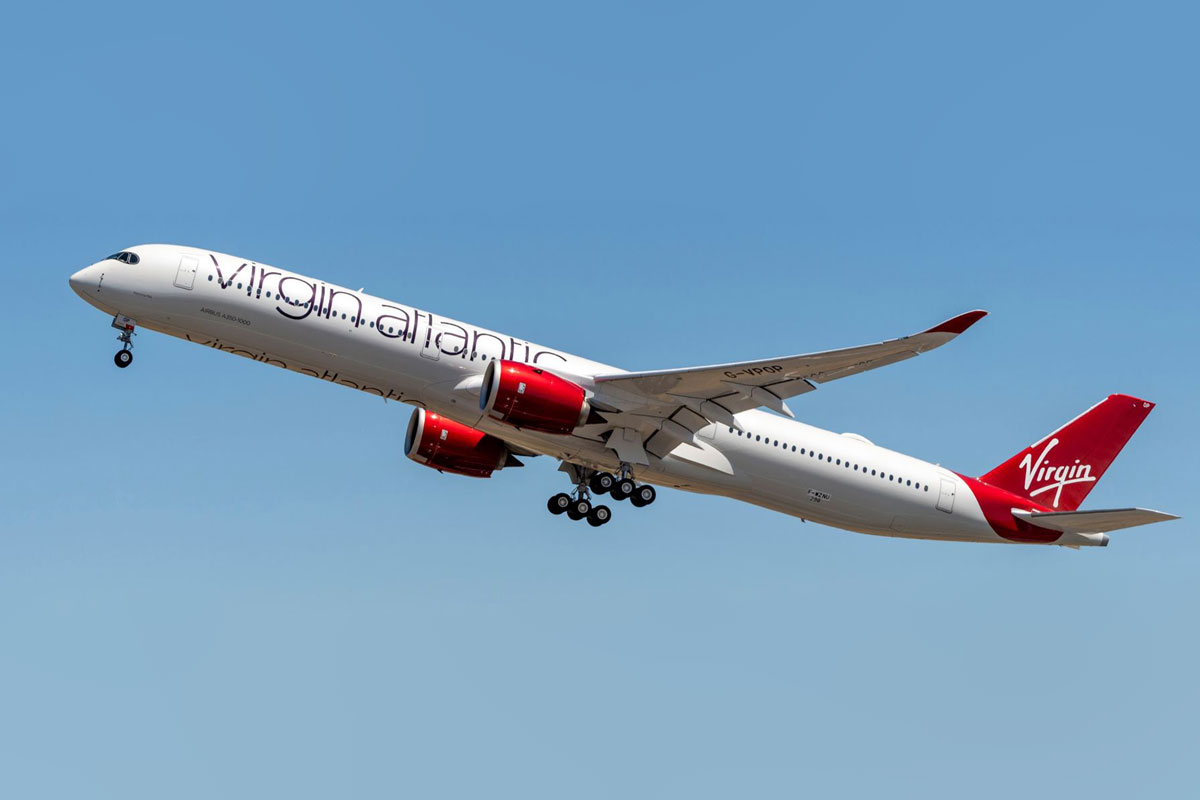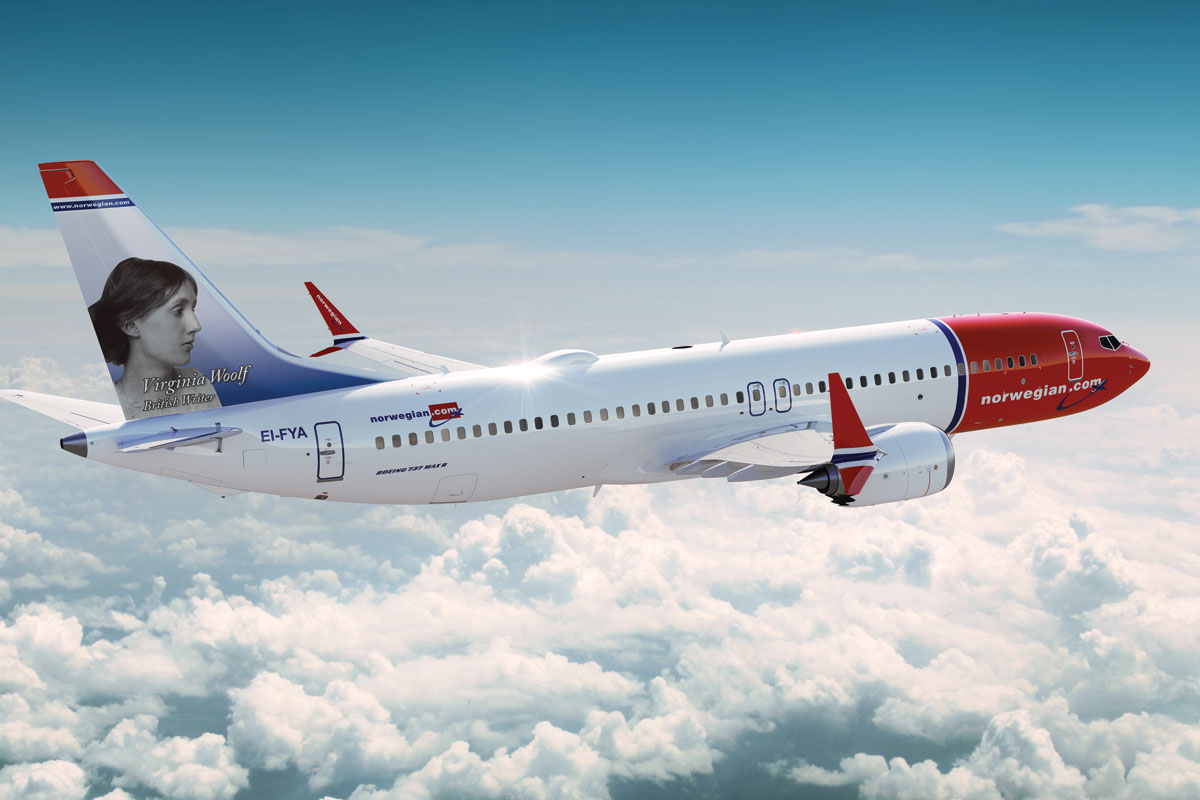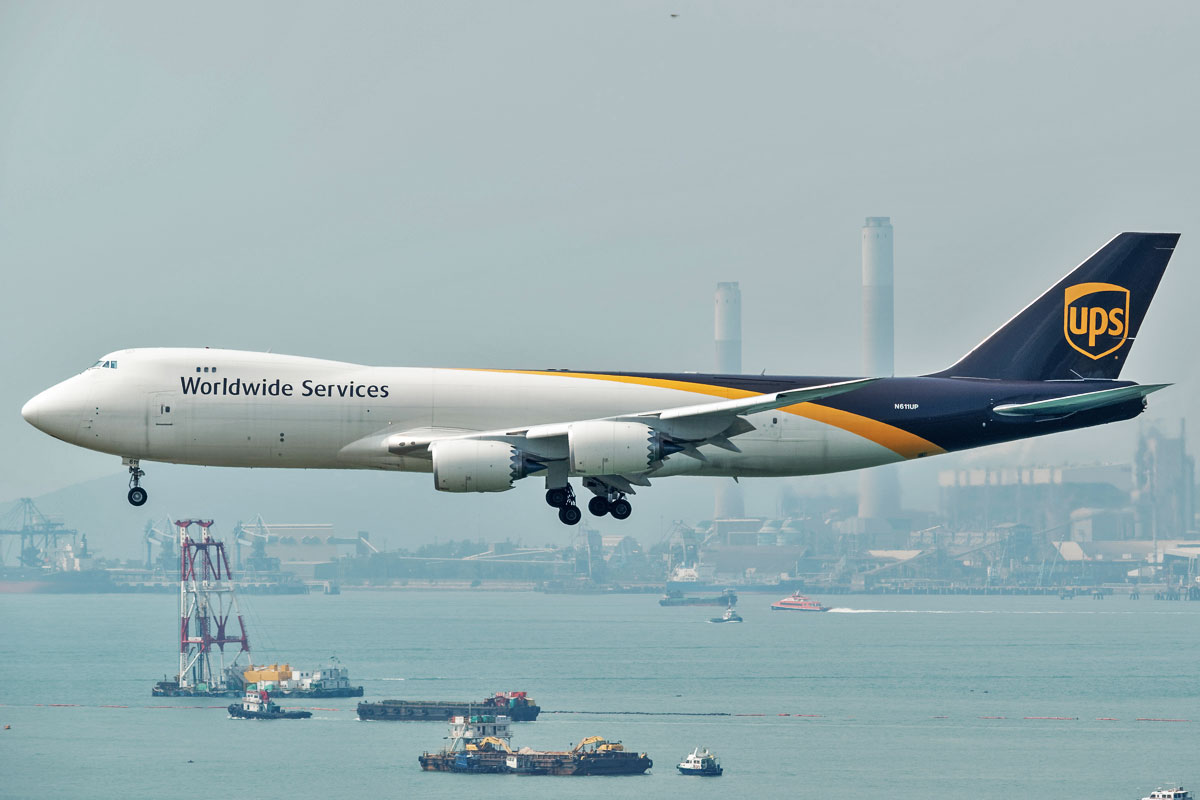Following a lengthy campaign in which it accused its competitors of trying to prevent its entry into the busiest route in Latin America, Azul airline will debut 34 daily flights between the cities of Sao Paulo and Rio de Janeiro from August 29.
The so-called “air bridge” is an air link between the two largest cities in Brazil that has officially completed 60 years recently. Because it uses two central airports with slot-limited traffic, the route is disputed and considered prime in a country that still has poor infrastructure at several airports.
Since its inception, the air bridge has always been the scene of political fights, with lobbies blocking the entry of new companies. This was the time when the defunct airlines Varig, Vasp and Transbrasil formed a pool that maintained the exclusivity of the route for decades.
After a brief period of open competition, the Rio-Sao Paulo air bridge again had few active airlines. LATAM and Gol dominate about 90% of flights and only had modest competition from Avianca Brazil, which left the scene in May.
It was precisely Avianca’s slots that allowed Azul to finally get in the way. The airline founded by David Neeleman has secured 15 take-off permits which, added to the 26 already in existence, totaled 41 slots, yet far less than Gol (234 slots) and LATAM (236).
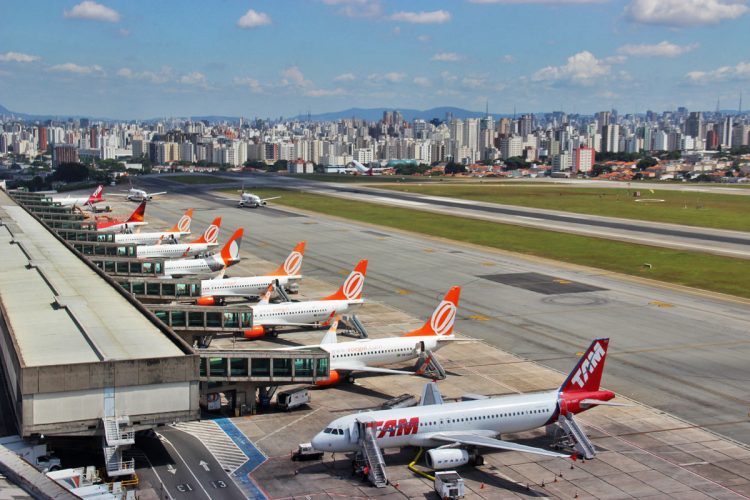
Sao Paulo Congonhas Airport: LATAM and Gol domain (Thiago Vinholes)
Jet premiere
Although it will offer a significant number of flights, Azul will not have the same coverage as its rivals. Flight intervals range from 45 minutes to 1 hour and 30 minutes, depending on the time of day. Even so, it will be the first time that the busiest route in Brazil will feature the three largest national airlines.
And Azul will have an initial advantage. Since Santos Dumont Airport in Rio de Janeiro will have its main runway closed for renovations for a month, only the company will be able to operate on the second runway thanks to the E195 jets.
The company said it should use its A320neo on the route as soon as the runway is cleared, an extra advantage over Gol’s Boeing 737-800 and LATAM’s A319ceo.

